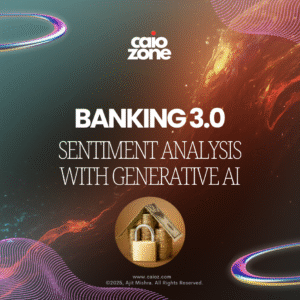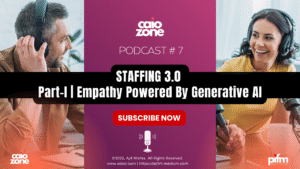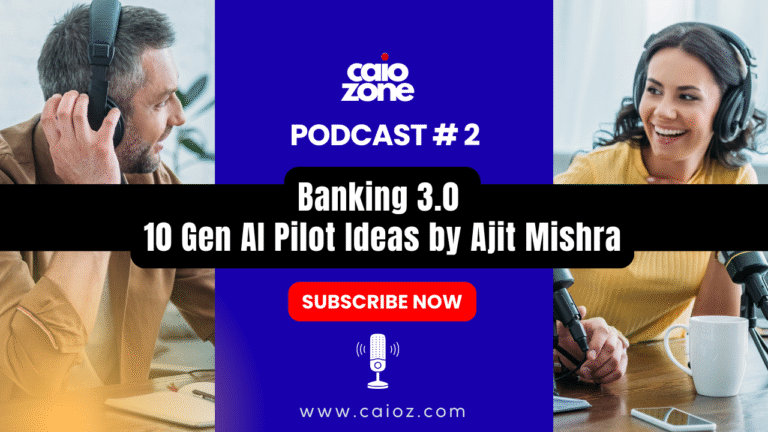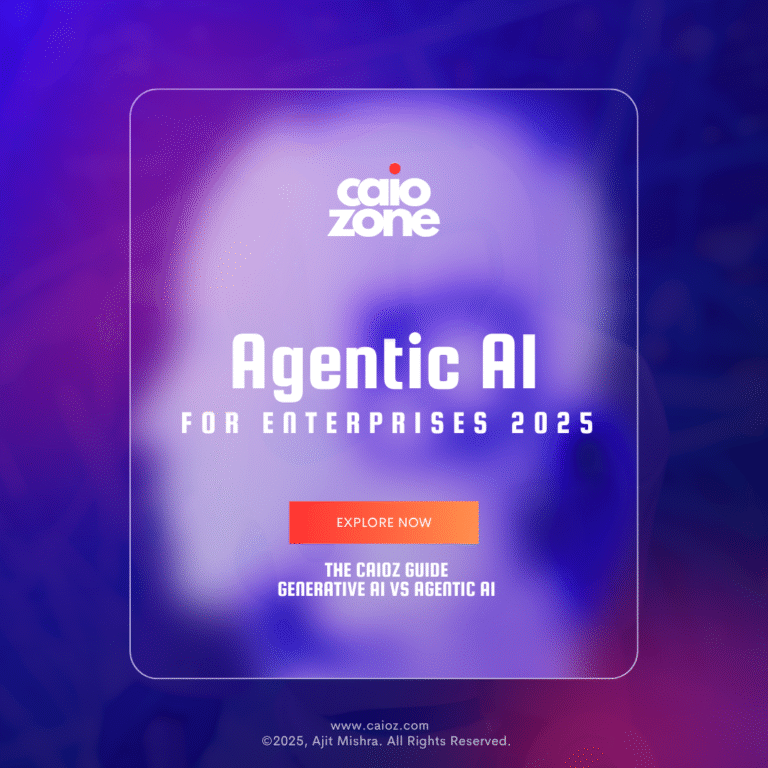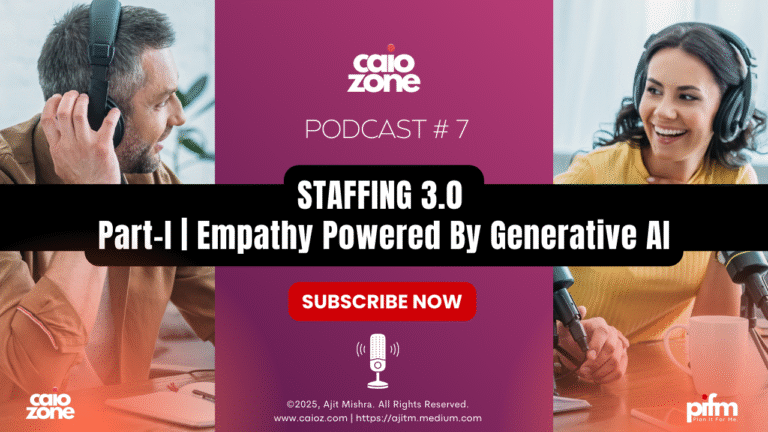Welcome to CAIOz.com: Crafting the Global Playbook for Chief AI Officers
The world is racing towards AI-first transformation, and the role of the Chief AI Officer (CAIO) has emerged as one of the most crucial leadership positions across industries. At CAIOz.com, we believe that CAIOs are not merely tech evangelists—they are visionary strategists, ethical guardians, innovation architects, and transformation enablers.
This article is the cornerstone of our CAIO Playbook Series—your go-to framework for building the AI-first enterprise. From aligning AI strategy with business outcomes to implementing governance models and fostering a culture of responsible AI, this series lays the foundation for modern CAIO leadership.
📘 Start here. Bookmark this guide. This is your first step in mastering the CAIO journey.
Chief AI Officers: Understanding the Expanding Role
As artificial intelligence becomes foundational to enterprise value creation, the Chief AI Officer (CAIO) is no longer a futuristic luxury—it’s a strategic imperative. The CAIO is now the executive catalyst responsible for:
-
Bridging the gap between AI technology and business goals
-
Translating data science into real-world impact
-
Driving responsible and explainable AI adoption
-
Governing AI usage across departments and geographies
In 2025, the CAIO is expected to be both a technical maestro and a boardroom influencer, orchestrating enterprise-wide AI strategy while aligning with long-term vision, risk frameworks, and stakeholder expectations.
👇 Chief AI Officer: Key Functions of a Modern CAIO:
-
🧠 Lead enterprise AI vision, architecture, and governance
-
🤝 Collaborate across C-suite and department heads
-
🛡️ Enforce ethical AI standards and regulatory compliance
-
🚀 Accelerate innovation with GenAI, RAG, and Agentic AI
1. Align AI with Business Outcomes (Use SMART Goals)
The first responsibility of a CAIO is to ensure AI isn’t an isolated experiment. Use the SMART goal framework—Specific, Measurable, Achievable, Relevant, Time-bound—to connect AI investments with tangible business value.
Examples of SMART AI Goals:
-
“Deploy a fraud detection LLM to reduce financial risk by 20% within 6 months.”
-
“Improve customer churn prediction by 25% using a predictive model trained on CRM data.”
Pro Tip: Ensure every model, dataset, and experiment contributes to at least one strategic business objective.
2. Build Cross-Functional AI Collaboration
AI is not the job of one department. A CAIO must cultivate an ecosystem of interdisciplinary collaboration where engineering, operations, marketing, finance, legal, and HR work together.
🔧 Best Practices:
-
Form an AI Council or AI Center of Excellence (CoE)
-
Organize cross-functional workshops to ideate use cases
-
Encourage shadowing programs for AI teams to understand business units
Result: Cross-pollination of ideas leads to better use cases, higher adoption, and scalable results.
3. Implement Agile AI Delivery
Gone are the days of waterfall AI. Today’s CAIOs need Agile delivery models to quickly prototype, deploy, and iterate AI solutions.
Recommended Methodologies:
-
Agile (2-week sprints for model delivery)
-
Scrum (with data scientists as sprint contributors)
-
MLOps pipelines (automated data-to-deploy)
Agility = Speed + Learning + ROI.
Get early feedback, make fast improvements, and fail forward.
4. Define and Track Business-Centric AI KPIs
Success isn’t just measured by model accuracy. Define KPIs that reflect AI’s impact on business.
KPI Examples:
-
🕒 Time saved per process (automation)
-
💰 Cost savings from predictive models
-
📈 Revenue uplift from AI-powered personalization
-
🤖 Task deflection rate using AI chatbots
These KPIs make it easier to communicate success to non-technical executives and investors.
5. Lead with AI Governance and Ethical Standards
A robust AI governance framework is non-negotiable in 2025. The CAIO must lead the development of policies that ensure fairness, explainability, data privacy, and regulatory compliance.
Governance Essentials:
-
Bias detection audits
-
Explainable AI models (XAI)
-
Role-based access to data
-
Audit trails and compliance logs
Ethical AI is not just good PR—it’s a competitive advantage.
6. Enable Organizational AI Readiness and Talent Development
To truly scale AI, the CAIO must upskill and reskill the workforce. AI fluency should not be limited to the tech team.
Actionable Steps:
-
Create an internal AI Academy
-
Establish AI onboarding tracks for new hires
-
Encourage cross-training between data and business teams
Result: A self-sustaining AI culture where innovation flows across levels.
7. Embrace Emerging Technologies: GenAI, RAG, Agentic AI
Modern CAIOs must stay ahead by evaluating the newest AI frontiers. This includes:
-
Generative AI (GenAI): Automating content, design, code, marketing
-
RAG Systems: AI with real-time context from internal knowledge bases
-
Agentic AI: Autonomous workflows powered by intelligent agents
These are not trends—they’re the foundation of AI 2.0.
Conclusion: Define the CAIO Era at Your Enterprise
As AI rewires the corporate DNA, the Chief AI Officer becomes the most critical role in defining a company’s future relevance and resilience.
By adopting this robust CAIO playbook—rooted in strategy, governance, agility, and innovation—you can drive outcomes that reshape industries, influence boardrooms, and inspire future leaders.
💡 This article is part of the CAIO Playbook Series at CAIOz.com—a definitive library designed for AI leaders navigating scale, ethics, and transformation. Subscribe for future playbooks, thought leadership, and exclusive AI insights.


